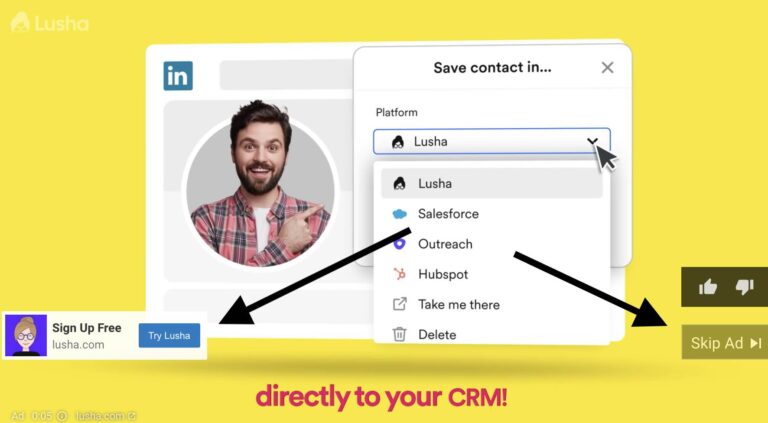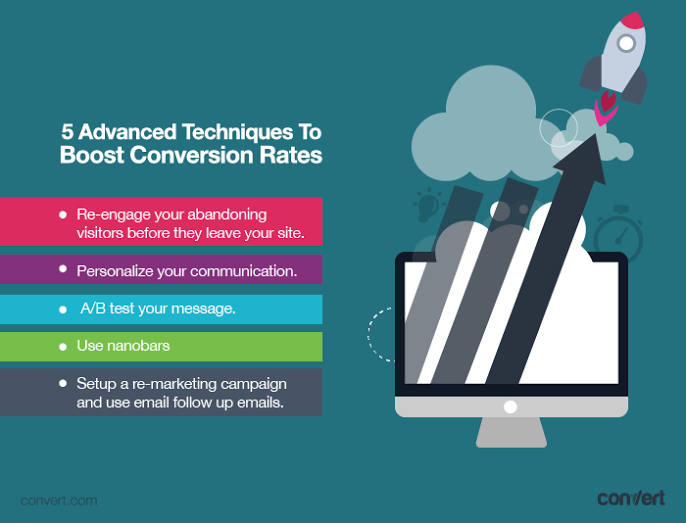
Some U.S. states, however, ban surcharging. One of those was Kansas, as a U.S. District Court recently overturned the State of Kansas’s ban. Colorado, Massachusetts, and Connecticut are now the only states to prohibit surcharges.
Say a customer pays for a 0 ecommerce purchase with a credit card. A typical processing fee for this transaction would be roughly .10. Applying a surcharge would allow the merchant to recoup the fee so that the customer pays 3.10 instead of 0.
In this post, I’ll explain surcharging. I’ll address the rules and the pros and cons for merchants wishing to apply surcharges as a way of recovering credit card processing fees.
Surcharging
Credit card processing is expensive. “Surcharging” allows merchants to recoup some of the cost by passing a fee to customers at the point of sale.
Surcharging is common in certain industries, however, such as charities, colleges, and governmental entities.
Merchants should weigh the benefit of recovering credit card fees against the possibility of losing customers and damaging the business’s reputation. An additional issue is the expense. Surcharges are not free. Merchant service providers generally charge a fee for the service.
Here is a summary of the card brands’ rules for surcharging.
Surcharging is far from perfect. It does not solve the problem of expensive processing. It just passes that fee to customers. Many will refuse to pay it.
Rules
Surcharging is regulated by the card brands — Visa, Mastercard, American Express, and Discover. Businesses that do not comply with those rules violate their merchant-processing agreements and risk being expelled from the card networks. Moreover, surcharges can damage a merchant’s reputation as abuses are usually called out on social media!
- Inform the customer. Merchants must inform customers that surcharges may be levied. A note buried in the terms and conditions is not good enough. Physical stores must post clear signage at the store entrance and the point of sale. Ecommerce merchants must clearly identify and explain the surcharge and display it as a separate line item.
- Limit the amount. The surcharge must not exceed 4 percent of the purchase price.
- No profiting. A merchant cannot profit from a surcharge. The fee can cover the expense of processing but not more.
- Use a single transaction. The surcharge and the purchase must be processed in the same credit card transaction, not separate. Submitting separate transactions would confuse many customers when they receive their statements.
- Separate line items. The receipt must display the surcharge clearly and as a distinct line item.
- Credit cards only. Merchants cannot apply a surcharge to debit card transactions.
Pros, Cons
Surcharges can be applied to card-present (in-store) and card-not-present (ecommerce) transactions. The surcharge is typically equal to the merchant’s card-processing fee, but it can be lower.






